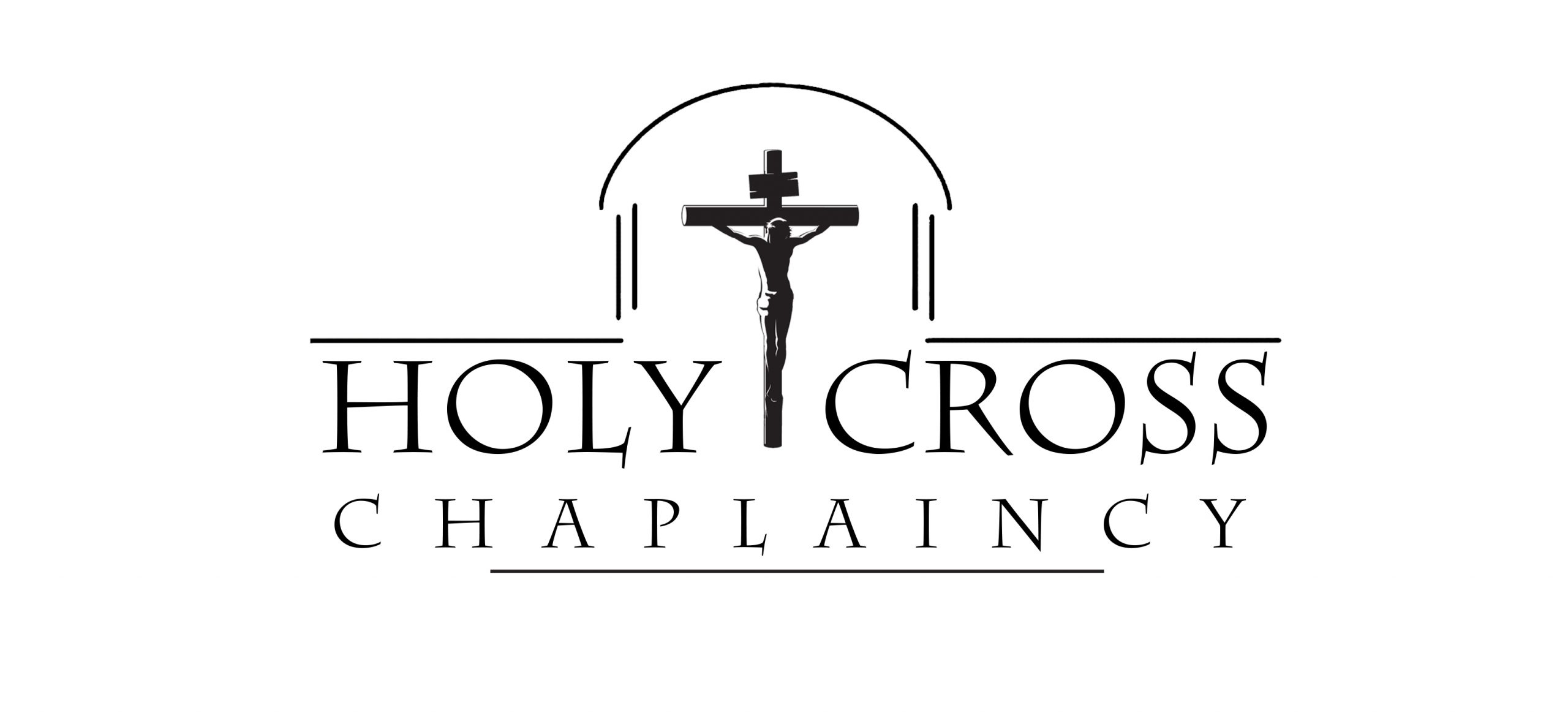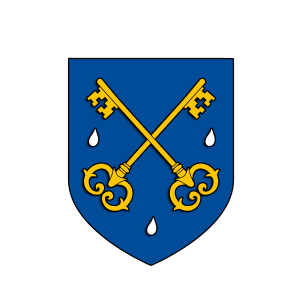Advent begins on the Sunday closest to — before or after — St. Andrew’s Day (November 30). The focus of the season is preparation for the coming of the Lord — both in commemoration of His Nativity and His coming again at the end of time. Though most Protestants — and far too many Catholics — see this time of year as a part of the “Christmas Season,” it isn’t; the Christmas season does not begin until the first Mass at Christmas Eve, and doesn’t end liturgically until the Octave of the Epiphany on January 14. It goes on in the spiritual sense until Candlemas on February 2, when all celebrations of Christ’s Childhood give way to Septuagesima and Lent.
The mood of this season is one of somber spiritual preparation that increases in joy with each day, and the gaudy “Christmas” commercialism that surrounds it in the Western world should be overcome as much as possible. The singing of Christmas carols (which comes earlier and earlier each year), the talk of “Christmas” as a present reality, the decorated trees and the parties — these things are “out of season” for Catholics; we should strive to keep the Seasons of Advent holy and penitential, always remembering, as they say, that “He is the reason for the Season.”
We Christians are to prepare for the Coming of Christ before He actually comes — and that Coming is symbolized and recalled at Christmas. Non-Christians miss this season of preparation, and then scramble for six days after the 25th to make their resolutions. By then, however, it’s too late — Christmas has come and gone, Our Lord has already made His visitation to the earth, and He has found them unprepared. This is precisely what will take place at the Second Coming, when those who have put off for their entire lives the necessary preparations will suddenly be scrambling to put their affairs in order. Unfortunately, by then it will have been too late, and there will be no time for repentance. The Second Coming will be less forgiving than the Incarnation. There will be no four-week warning period before the Second Coming, like we get during Advent. There will be no six-day period of grace after the Second Coming during which to make resolutions and self-examination, like the secular world does from Dec. 26 until Jan. 1.
Restore Advent and don’t think “Christmas is here” until it truly comes. One way to help focus on the theme of preparation is to read the parables of The Fig Tree, The Man Going on a Long Journey, The Faithful and Wicked Stewards, and The Ten Virgins in the 24th and 25th chapters of St. Matthew’s Gospel. Another way to help you do this is to think of the Saint who embodies the spirit of this Season more than any other: the great St. John the Baptist. If you have an icon of him, venerate it especially now. Make special prayers to him and consider the message of this “voice of one crying in the desert”: “Prepare ye the way of the Lord, make straight his paths.” You will note that the readings of the second, third, and fourth Sundays of Advent focus on St. John, the earthly herald of Christ’s coming whom St. Ephraem likened to the Star of Bethlehem, the Heavenly herald of His coming.
Temporal Preparations
Advent is also season of preparation in a more mundane sense. Homes are cleaned from top to bottom, and Christmas cakes and cookies are often made by the hundreds for family and to give out to friends and acquaintances when Christmas finally arrives.
Christmas trees shouldn’t be decorated (or at least lit) until Christmas Eve because Advent itself should remain penitential, but time can be wonderfully spent making Christmas Tree ornaments throughout the Season for when Christmas finally arrives
Christmas Cards
Since Victorian times, Catholics send Christmas cards at this time of year, usually with religious themes and avoiding the secularized language and images so prevalent today (i.e., “Season’s Greetings” as opposed to “Merry Christmas”; Santa or Rudolph instead of Mother and Child, etc.) Always, the emphasis should be on Christ! Religious-themed Christmas cards are getting more and more difficult to find; buying them early from a Catholic Bookstore is a good idea. At the very least, a Catholic message could be added by hand to the inside of an otherwise non-religious card (by the way, “merry” originally meant, and should mean to Catholics, “blessed and peaceful,” not party-like as in “merry-making.” For ex., the carol, “God Rest Ye Merry, Gentlemen” has a comma after the “merry” and addresses “gentlemen,” not “merry gentlemen.” It means “God keep you peaceful and blessed, men!” And on another note, the angel never said to the shepherds, “Glory to God in the highest, and on earth peace, good will toward men” as the King James version reads; he said, “Glory to God in the highest and on earth, peace to men of good will” — Luke 2:14 — a vastly different sentiment that doesn’t lead to the false idea that there can be peace among ill-willed men.)
Cards should be sent around two weeks before Christmas (around the Feast of Our Lady of Guadalupe) to ensure they arrive in time. Cards received are often displayed — in albums, randomly on tables, or by fastening them to ribbons which hang on a wall.
And as with the secularized holiday cards, Catholics might avoid greeting people during this season with “Happy holidays!” and the like. “Merry Christmas” is the proper greeting — and if one wants to get technical about it, Catholics may say “Blessed Advent” up until the first Mass on Christmas Eve, and “Merry Christmas” thereafter for the twelve days of Christmas. People might not understand, but this affords Catholics an opportunity to explain (with a smile).
Other Customs
Advent candles, Jesse Trees, Christmas cribs, and Advent calendars are all used during Advent and each is described on its own page. Some pray pre-Christmas Novenas, too — with one beginning on the Feast of St. Andrew (November 30), and the other novena beginning on December 16 and correlating with the O Antiphons. One particular Advent custom that should be mentioned here and which families might want to consider beginning on Advent Sunday is known as “Christkindl” (Christ Child). Maria Von Trapp describes it thus:
Once more the mother appears with the bowl, which she passes around. This time the pieces of paper contain the names of the members of the family and are neatly rolled up, because the drawing has to be done in great secrecy. The person whose name one has drawn is now in one’s special care. From this day until Christmas, one has to do as many little favors for him or her as one can. One has to provide at least one surprise every single day — but without ever being found out. This creates a wonderful atmosphere of joyful suspense, kindness, and thoughtfulness. Perhaps you will find that somebody has made your bed or shined your shoes or has informed you, in a disguised handwriting on a holy card, that “a rosary has been said for you today” or a number of sacrifices have been offered up. This new relationship is called “Christkindl” (Christ Child) in the old country, where children believe that the Christmas tree and the gifts under it are brought down by the Christ Child himself.
The beautiful thing about this particular custom is that the relationship is a reciprocal one. The person whose name I have drawn and who is under my care becomes for me the helpless little Christ Child in the manger; and as I am performing these many little acts of love and consideration for someone in the family I am really doing them for the Infant of Bethlehem, according to the word, “And he that shall receive one such little child in my name, receiveth me.” That is why this particular person turns into “my Christkindl.” At the same time I am the “Christkindl” also for the one I am caring for because I want to imitate the Holy Child and render all those little services in the same spirit as He did in that small house of Nazareth, when as a child He served His Mother and His foster father with a similar love and devotion.
The last seven nights of Advent are known as “The Golden Nights,” and on these special days, the sense of Our Lord’s Coming becomes more intense and focused. The O Antiphons are sung and families can make special devotions at this time.
During the Golden Nights — the nine days before Christmas — Mexicans and Mexican Americans have a wonderful custom called “Las Posadas,” a nightly procession that brings to life Joseph and Mary’s search for an inn. On each night, a house in the parish is chosen as the destination house, and the people of the parish gather to process to it. One young person is chosen to act as Mary (who sometimes rides a real donkey), and another to act as St. Joseph (sometimes a third is chosen to act as an angel, and others as shepherds); they are often all dressed in beautiful costumes.
Behind the “holy family,” the people of the parish walk, carrying candles and blowing whistles, until they reach that night’s chosen home. There, the group knocks and sings a song that begs repeatedly and pitifully for shelter. They are refused in song over and over again, until the “innkeepers” relent and finally open the door (or, in other places, they knock on the doors of houses whose “innkeepers” refuse them, and then process to another house and another, etc., until they reach the house chosen for the night’s festivities). Once allowed entry each night, all go inside and pray (usually the Christmas Novena or the Rosary), and a party follows, with wonderful tamales, churros, and other Mexican foods, and a pinata filled with hard candy, tangerines, and peanuts.
On the last night (Christmas Eve), two children chosen to play Christ’s godparents are added to the procession, which is more elaborate and colorful than the first nights. The godparents carry His likeness to the last destination, where a “nacimiento” (nativity scene) has been set up, and lay Him in the manger. Fireworks, food, piñatas, and Mass all follow.


